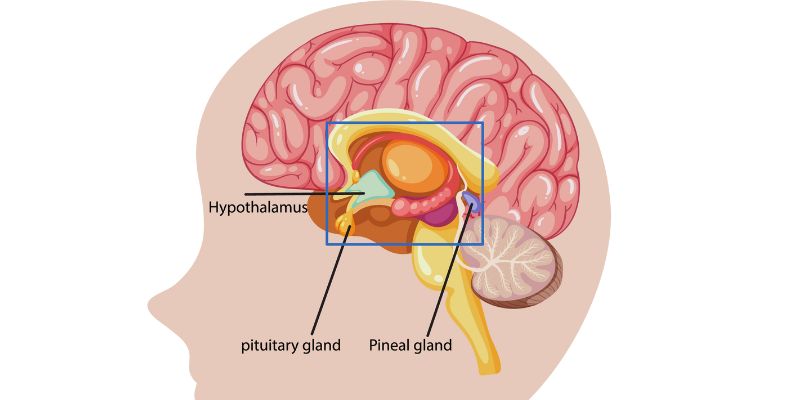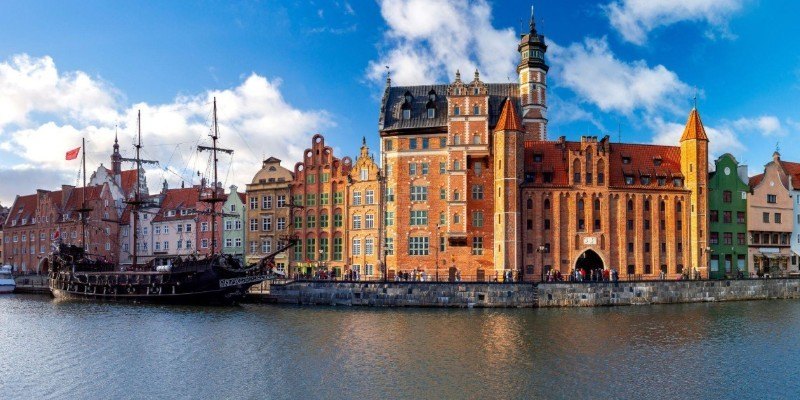Unpacking the Mechanics of the Primary Dealer Credit Facility
The term Primary Dealer Credit Facility (PDCF) sounds like something one might have had to finish high school to know that it was a term reserved for Wall Street insiders, but it has far-reaching impacts beyond investment banking. It has made way for a stabilization tool during periods of extreme stress, making certain that the liquidity that is the lifeblood of any economy continues to flow. In short, the PDCF is a net where primary dealers- the financial institutions at the very heart of trading government securities- find themselves temporarily but vitally caught up. But what is this facility really? How does it work? And why is it important? Let's break it down now.

Why the PDCF: Understanding its Objective
The Primary Dealer Credit Facility is an emergency loan program that is aimed at safeguarding the financial markets during extreme situations. The most important feature of PDCF is that it makes short-term loans to primary dealers, which are the firms licensed to purchase and sell government securities directly from the central banks. These intermediaries are indispensable between the government and the public, and hence, the provision of stability to the financial markets depends largely on them.
Liquidity shortages during a financial downturn are bound to cripple these dealers, making their operations ineffective. The PDCF emerges to fill this gap: it provides cash against quality collateral, including bonds, mortgage-backed securities, and other high-grade assets. This liquidity supports the continued operations of primary dealers in stable markets and prevents broader adverse economic impacts.
Unlike ordinary lending facilities, the PDCF is not an ongoing part of the finance system. Instead, it is an extraordinary facility triggered in times of crises, such as financial recession or critical market stress, as a last resort for financial stability.
How the PDCF Operates?
At its heart, the Primary Dealer Credit Facility works like a specialized lending window. When markets are in turmoil, central banks, such as the U.S. Federal Reserve, open the PDCF to provide immediate relief. Here’s how the process unfolds:
Eligibility and Access

Only designated primary dealers are eligible to access the PDCF. These firms must meet specific criteria, ensuring that only key players in the financial markets benefit from this facility. Once approved, a dealer can request short-term loans from the central bank. This selectivity ensures that the program targets institutions whose stability is critical to the functioning of the financial system. By focusing on these key intermediaries, the PDCF maximizes its effectiveness in maintaining market liquidity and preventing systemic disruptions.
Collateral Requirements
The loans provided under the PDCF are secured by collateral. Eligible collateral typically includes high-quality securities such as U.S. Treasury bonds, agency securities, and even certain corporate debt instruments. By accepting a broad range of assets, the facility ensures that primary dealers can quickly convert their holdings into cash without disrupting the market.
Loan Terms and Rates

Loans through the PDCF are short-term, often lasting overnight, but they can be renewed for extended periods if necessary. The interest rates on these loans are typically aligned with the Federal Reserve's discount rate, ensuring that borrowing costs remain manageable for dealers in distress.
This seamless process allows primary dealers to access liquidity almost instantly, maintaining their operations and bolstering market confidence even during extreme volatility.
Why Does the PDCF Matter to the Broader Economy?
While the PDCF primarily targets primary dealers, its ripple effects influence the entire economy. When primary dealers face liquidity issues, their inability to trade efficiently can lead to widespread market dysfunction. This can manifest as erratic price movements, increased borrowing costs, and a general erosion of investor confidence.
By providing liquidity directly to these key institutions, the PDCF mitigates these risks. It ensures that financial markets remain functional, supporting everything from government debt issuance to corporate financing. In turn, this stability flows through to everyday economic activities, from business investments to consumer spending.
Moreover, the PDCF plays a psychological role in calming market participants. Its very existence signals that central banks are ready to intervene decisively, preventing panic and restoring trust in the financial system.
Lessons from Past Implementations
The PDCF isn’t a hypothetical mechanism—it has been deployed during real-world crises, offering valuable insights into its effectiveness. One of its most notable implementations occurred during the 2008 financial crisis. Faced with a severe liquidity crunch, the Federal Reserve established the PDCF to stabilize primary dealers and, by extension, the broader financial markets.
During this period, the facility demonstrated its ability to prevent systemic collapse. Primary dealers were able to secure the liquidity they needed, ensuring that critical markets, such as those for U.S. Treasury securities, remained functional. This intervention helped avert a deeper economic crisis, showcasing the PDCF’s critical role in financial stability.
While the facility is rarely used, its presence in the toolkit of central banks underscores its importance. It stands as a testament to the necessity of preparedness in an increasingly interconnected and unpredictable global financial system.
Another key lesson from past implementations is the importance of flexibility in design and execution. The 2008 deployment of the PDCF highlighted the need to adapt quickly to evolving market conditions. For instance, the facility’s terms were adjusted over time to address emerging challenges, such as expanding the range of eligible collateral to ensure broader access.
Conclusion
The Primary Dealer Credit Facility (PDCF) may not be a household term, but its significance cannot be overstated. By providing emergency liquidity to primary dealers, this facility acts as a bulwark against financial instability during crises. It ensures that critical markets remain operational, instilling confidence in the broader economy and preventing systemic breakdowns. Understanding how the PDCF works sheds light on the intricate mechanisms that safeguard our financial systems. It’s a reminder that while crises are inevitable, tools like the PDCF are in place to mitigate their impact, ensuring that markets—and the economies they underpin—remain resilient.











